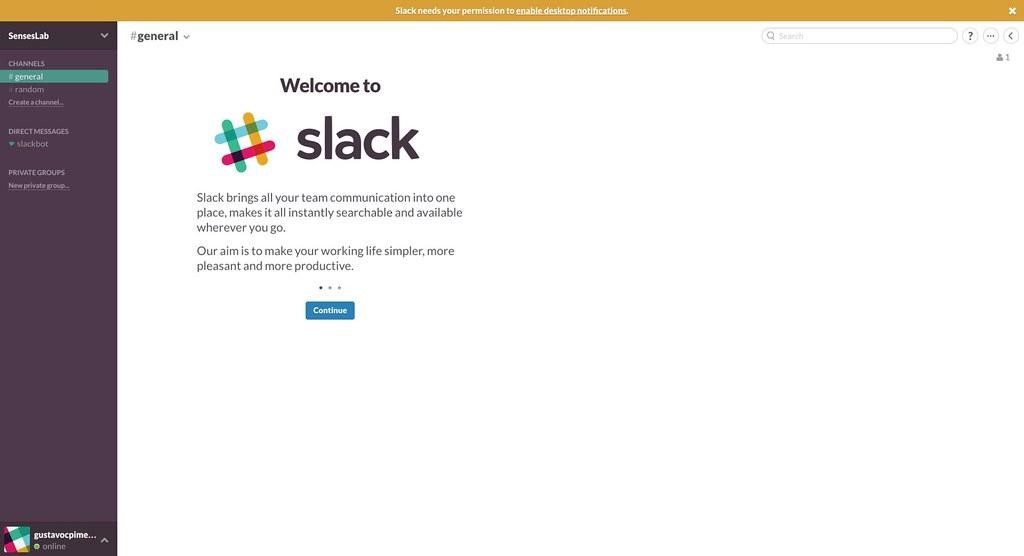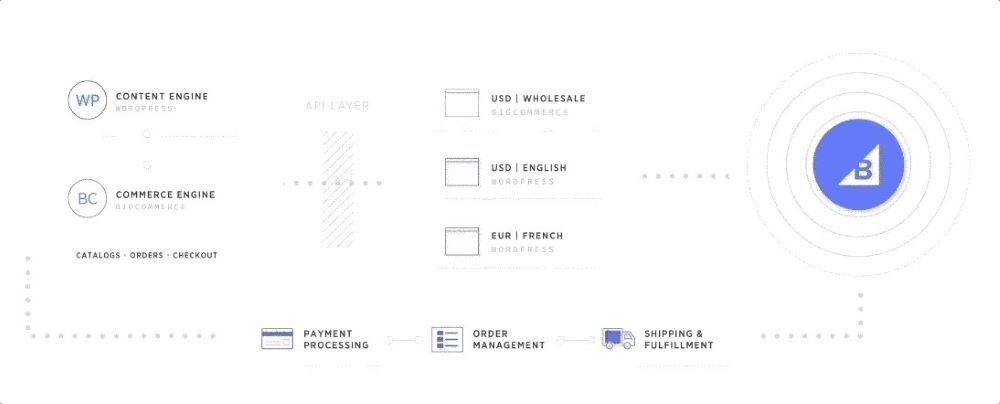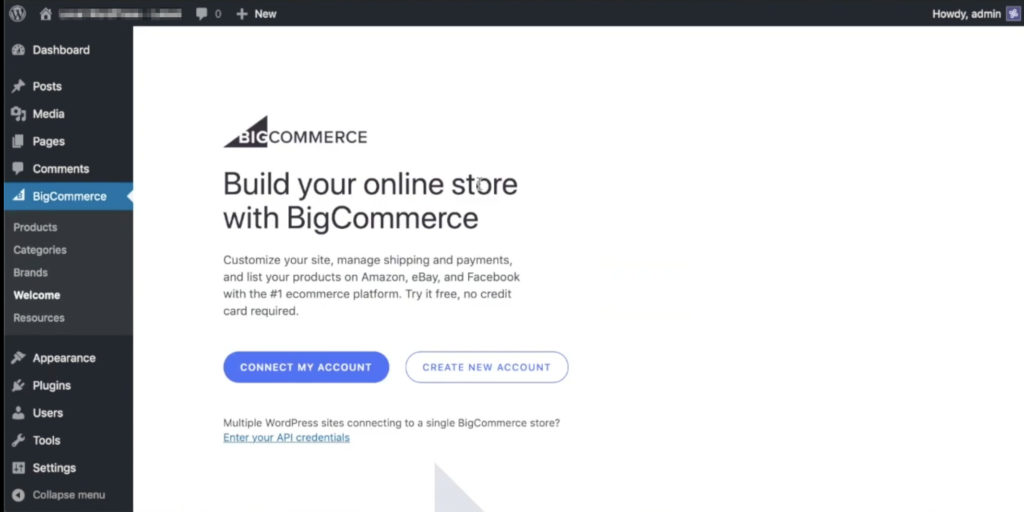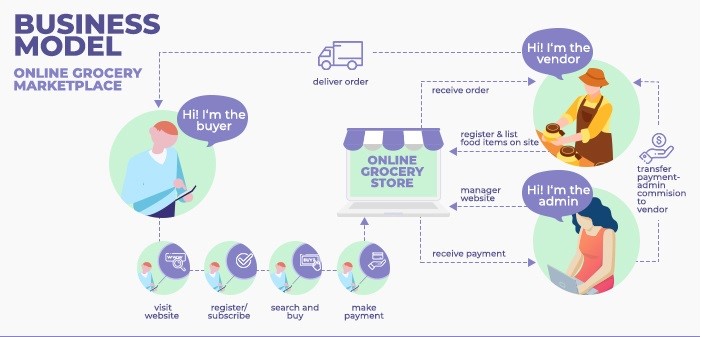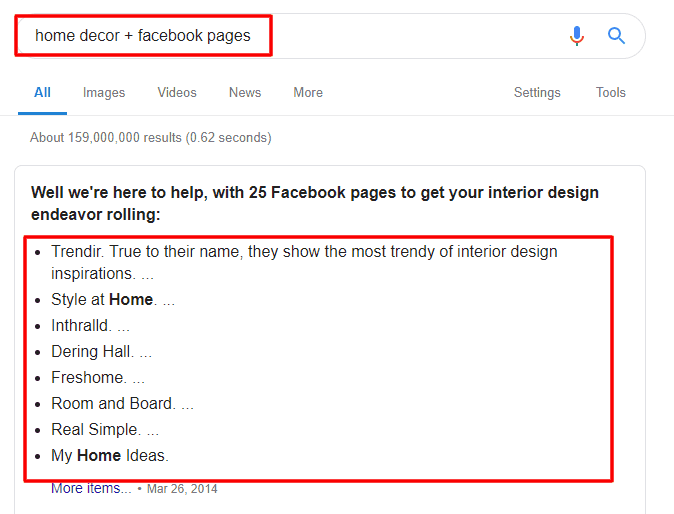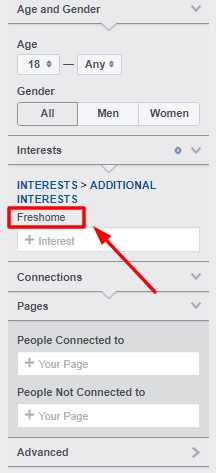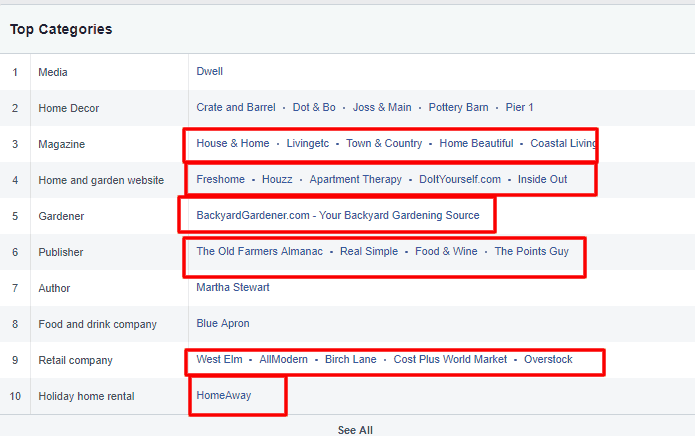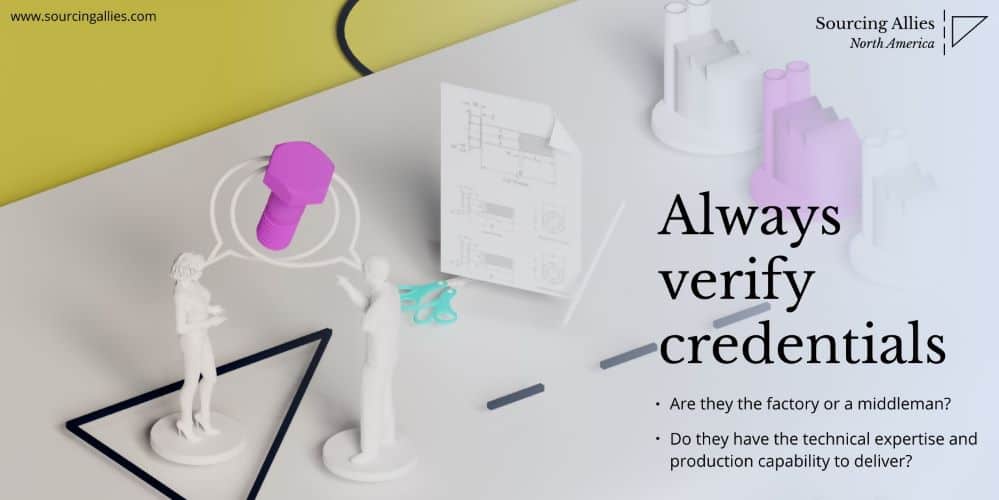[ad_1]
Looking to add someone to your team? Fantastic! However, before you do, here’s a word of advice: Be careful. A hiring mistake could waste time, cost you thousands, and hurt your business. You can’t just hire any person. You need to hire the right person. But how do you find someone who will be a long-term asset to your business? Follow these best practices for hiring new employees and you’ll be covered.
RELATED ARTICLE: HIRING GREAT PERSONNEL: HOW TO GET IT RIGHT
Outline the Role of New Employees
From the outset, your goal is to bring in a fresh face who will supplement the company rather than detract from it. The benefits of new employees must eventually outweigh their cost. If they don’t, why are you bothering to hire?
Want to do it right? Then you need to know where you need help the most.
You’ll also need to clearly articulate the demands of the job to potential
candidates. Carefully consider what the job entails and what the right
candidate would look like. To aid you with this, list the following:
- Expected duties
- Educational minimums
- Ideal skills
- Work environment
- Everyday responsibilities
- Ideal outcomes
- Salary range
A pointed recruitment strategy for new employees starts with
developing a comprehensive job description. This way, both you and the
candidate know exactly what you’re looking for.
Post the Job
Once you’ve crafted a thorough job profile, post it to as many
places as possible. By casting a wide net, you increase your candidate pool.
The more people that apply, the better the odds that you’ll find the perfect
fit. Therefore, post to:
- Recruiting services – Zip Recruiter
- Job boards – Indeed, Monster
- Social Media – LinkedIn, Facebook, Instagram
- Classifieds – Craigslist, local classifieds
Review Applications and Start Initial Screening
Cover letters and resumes are your first layer of screening. If a candidate checks the boxes for minimum requirements, have one of your employees perform initial phone or video screenings. Doing so cuts down on time needed for physical interviewing and selection.
Phone interviews allow you to gauge their fit within the company,
especially when it comes to the culture, salary expectations, and personality.
Interview Smartly
On average, in-person interviews for new employees last anywhere
from 30 to 120 minutes. However, you have limited time in your workday. There
are emails to send, calls to make, meetings to conduct, and problems to solve.
You simply can’t afford to spend too much of your time interviewing. Therefore,
narrow down your candidate list to 5-10 people and then be smart about the
process.

Try to create a uniform interview procedure so it’s easier to compare one candidate to another. Prepare a set of pointed interview questions that you can ask each interviewee. Try to be creative. Ask questions that are thought-provoking, reveal something about their character or skill set, or help you see whether they’d be a good culture fit.
RELATED ARTICLE: 8 QUESTIONS YOU SHOULD ASK WHEN HIRING AN ANSWERING SERVICE
Perform a Background Check
So, you’ve found your new employee? Congrats, you’re almost there, but there’s still legwork left to do! One of the most critical pre-employment solutions for your business involves conducting a background check. This lets you search for any previous criminal or employment issues that weren’t picked up during the interview process.
A proper background check will look at:
- Work references
- Employment confirmation
- Educational credentials check
- Credit check
- Criminal history profile
Knowing who you’re hiring is an essential way that you can protect
your employees, customers, and business from harm or liability.
Report Your New Employee to the Government
You’ve made an offer and it has been accepted. What do you do now?
You’ll have to report your new employee to your state’s department of labor.
Other steps include:
- If this is your first employee,
you’ll have to get an EIN
(employer ID number) - Pay unemployment taxes
- Obtain worker’s comp
Failure to do these tasks could result in serious penalties, fees, and
lawsuits.
Fill Out New Employee Documentation
After any new hire, your first task is to have all the legal employment paperwork filled out and signed. Your new employee can’t get paid until this step has been completed. Forms that require signing include:
- Form W-4 – Tax withholdings sheet
- Form I-9 – Employment Eligibility Verification
- Job Application Form – Contains verifiable info such as education history and previous employment
Hang Workplace Posters
Want to avoid being sued? That can be as simple as hanging some
posters. Businesses are legally required to post federal workplace infographics
in visible locations where employees congregate. The posters you need are:
- Occupational Safety and Health
(OHSA) - Fair Labor Standards Act
- Notice to Workers with
Disabilities Act - Minimum Wage poster
- Employee Polygraph Protection
Act
Put New Employees to Work
Breathe a sigh of relief. You’re done! You’ve dotted your I’s and crossed your T’s. It’s time to begin the onboarding process so that you can put your shiny new employee to work.
[ad_2]
Source link

